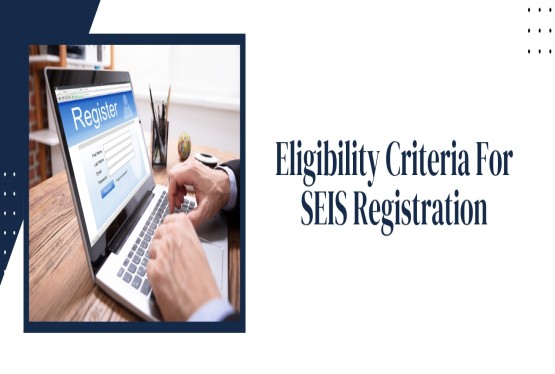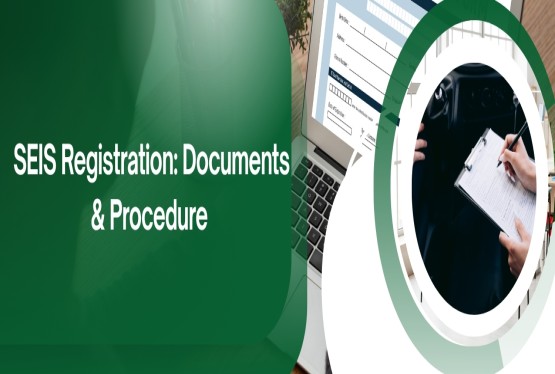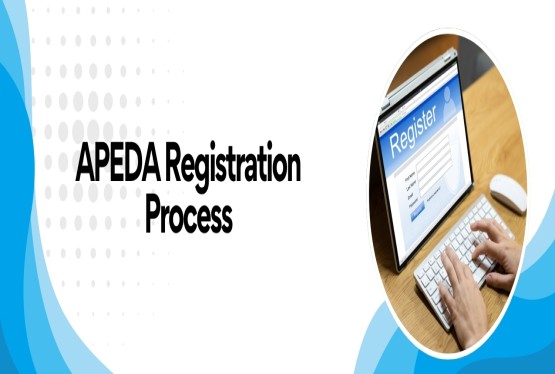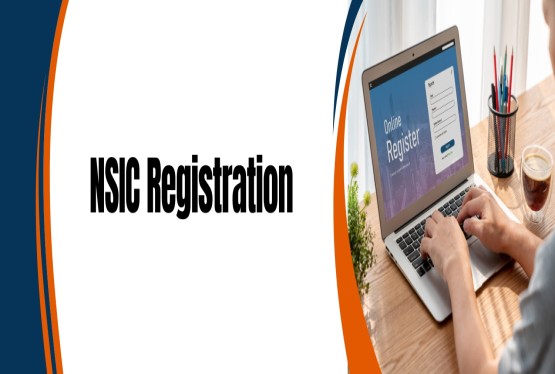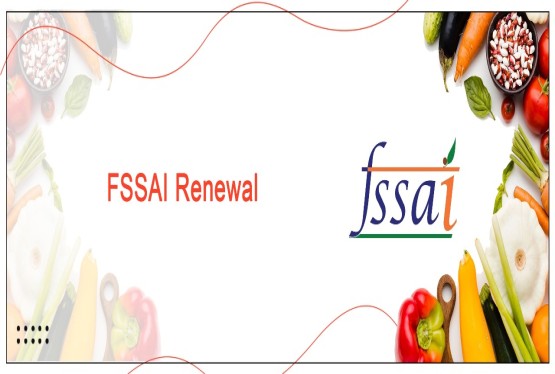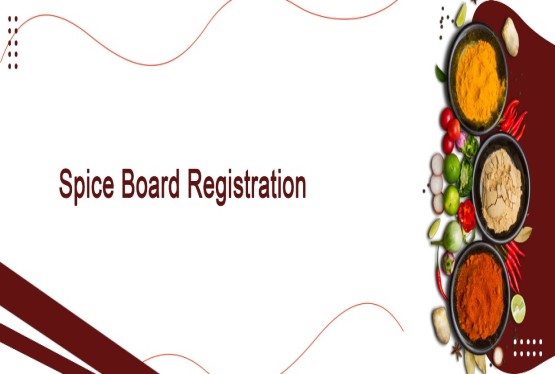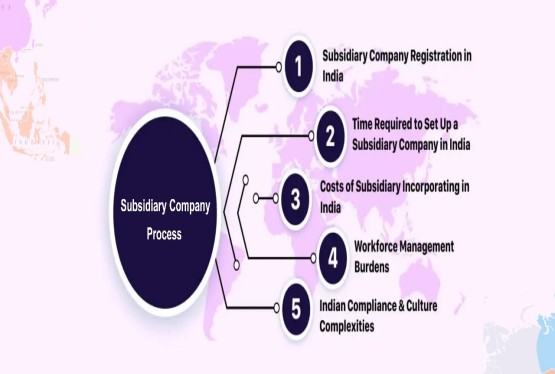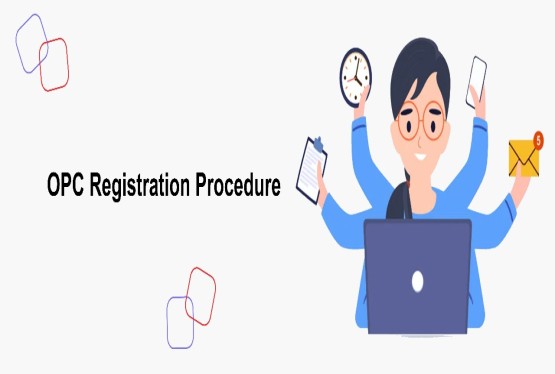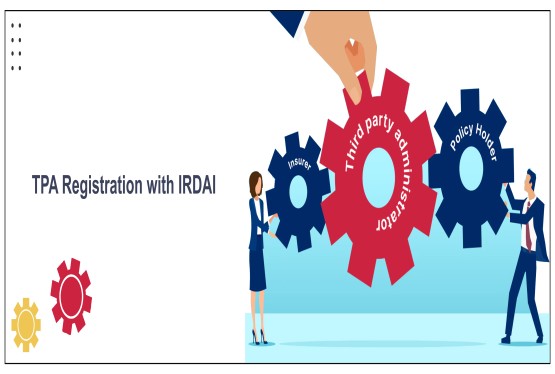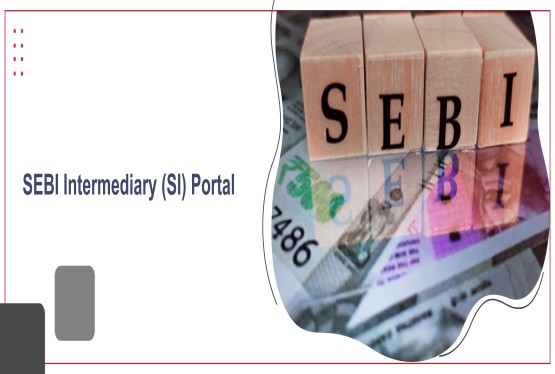In the modern business environment, where speed and accuracy are important, effective product identification has become a cornerstone of operational efficiency. Barcode registration assigns a unique code to each product, allowing it to be scanned, read, and monitored at every stage of the supply chain. This not only streamlines inventory management but also strengthens product authenticity, making it indispensable for sectors such as manufacturing, warehousing, and retail.
The concept of barcodes, introduced by George J. Laurer in the United States in 1970, transformed the way goods are tracked and managed worldwide. These machine-readable symbols comprising parallel lines of varying widths alongside numerical digits can instantly store and transmit critical information like product numbers, batch codes, and serial details. Their versatility has led to widespread adoption across industries, from supermarkets and shopping malls to fashion outlets.
Serving as a universally recognised identification system, barcode registration empowers manufacturers, distributors, logistics providers, and retailers to ensure precision, transparency, and efficiency in product handling, ultimately driving smoother supply chain operations.
Barcode
A barcode is a visual representation of data in the form of parallel vertical lines of varying widths and spacing, accompanied by numeric digits. Designed to be read by machines, barcodes can instantly encode and retrieve essential product information such as product numbers, batch details, and serial numbers.
They are widely used across industries ranging from supermarkets, retail outlets, and clothing stores to logistics, transportation, hospitals, and fast-moving consumer goods (FMCG) chains. Their key advantages include minimising errors, saving time, reducing operational costs, and streamlining inventory management. By serving as a universal identification system, barcodes enable manufacturers, distributors, transporters, and wholesalers to quickly and accurately track products throughout the supply chain.
Among the different formats, EAN-13 is the most common, containing 13 numeric digits, while UPC-A consists of 12 numeric digits and is widely used in retail. Regardless of the format, barcodes remain an essential tool for efficient product identification and seamless supply chain operations worldwide
How Businesses Use Barcodes
Barcodes serve as unique identifiers, typically represented by parallel lines and numeric digits, which can be scanned to instantly retrieve product information from a database. They have become an integral part of business operations, offering accuracy, speed, and efficiency across various processes.
Inventory Management
Large retail chains and departmental stores use barcodes to efficiently manage thousands of products. From manufacturing to final sale, every stage of a product’s life cycle can be monitored and updated through barcode scanning.
Asset Tracking
Businesses today hold substantial IT and physical assets. Barcodes are used to label and track these assets within asset management systems, making it easier to monitor their location and usage.
Returns and Payment Tracking
In e-commerce and retail, barcodes simplify returns management by linking returned items to their original sales records. They are also often printed on invoices to facilitate quick and accurate tracking of customer payments.
By integrating barcode systems into daily operations, businesses can reduce manual errors, save time, and ensure seamless tracking across their supply chains.
Types of Barcodes
Barcodes come in various formats, each designed for specific industries and applications. Some of the most commonly used types include:
-
EAN-13: Also known as the International Article Number (formerly the European Article Number), this 13-digit barcode is widely used in Europe, India, and many other countries. It plays a vital role in global retail operations by enabling efficient product identification and tracking.
-
UPC-A: The Universal Product Code, or UPC-A, is a 12-digit barcode primarily used in the United States, Canada, the United Kingdom, Australia, and New Zealand. It is a standard format for retail products in these regions, ensuring uniformity and ease of tracking.
-
Databar Barcodes: Commonly used for fresh food items, these barcodes can store additional details such as batch numbers, expiry dates, and product weight making them highly useful for perishable goods management.
-
1D Barcodes: Formats such as GS1-128 and ITF-14 are widely used in global supply chains. GS1-128 can hold various identification keys along with data like serial numbers and expiration dates, while ITF-14 stores the Global Trade Item Number (GTIN) and is well-suited for printing on corrugated packaging materials.
-
2D Barcodes: Gaining popularity with the rise of digital payment systems, 2D barcodes can store far more information than 1D formats up to 7,000 digits or 4,000 characters. They are used for a variety of purposes, from sharing websites and videos to integrating with software applications like MS Office, MS SQL, and other database systems.
Advantages of Barcode Registration
Barcode registration offers a range of operational, financial, and logistical benefits for businesses. Below are the key advantages explained in detail:
Error Reduction
Since all product information is stored in a digital, machine-readable format, barcodes remove the need for manual data entry. This significantly reduces the possibility of typographical errors or misplaced records, ensuring that every scan yields accurate and consistent data.
Cost-Effective and Flexible
The process of registering and printing barcodes is relatively inexpensive, making it a budget-friendly solution for businesses of all sizes. Barcodes can also be customised in design and format to meet specific operational needs, whether for product packaging, shipping labels, or asset tracking.
Complete Product Details
Barcodes can store a wide range of information, including product codes, serial numbers, batch numbers, and manufacturing details. This embedded data ensures the authenticity of products and enables quick retrieval of important information for quality control, recalls, or verification purposes.
Streamlined Inventory Management
With every scan, businesses can instantly update and track inventory levels, product movement, and stock locations. This real-time tracking capability helps prevent stockouts, overstocking, and misplacements, ensuring smooth flow through the entire supply chain.
Time Efficiency
Scanning a barcode takes only a fraction of a second, allowing staff to quickly access product information without manually searching through records. This speed improves productivity, shortens checkout or processing times, and enhances customer service.
Faster and Accurate Billing
At the point of sale, barcodes automatically pull correct product prices and details into the billing system, eliminating pricing errors. This ensures that transactions are accurate and faster, which is particularly valuable during high customer traffic periods.
Unique Global Identification
Every barcode is assigned a unique code that is recognised internationally. This guarantees that no two products have the same identification number, making it easier to track goods across borders, integrate into global supply chains, and comply with international retail standards.
Documents Required for Barcode Registration
To complete the process of barcode registration, businesses must submit certain documents as proof of identity, registration, and operational details. The essential documents include:
-
Company PAN Card: A copy of the organisation’s PAN card serves as proof of the business entity’s authenticity.
-
Business Registration Proof: This may include GST registration, certificate of incorporation, partnership deed, shop establishment certificate, FSSAI licence, or any other relevant registration document.
-
Cancelled Cheque: A cancelled cheque from the company’s bank account is required to verify banking details.
-
Audited Financial Statements: The previous year’s audited balance sheet or financial statements are needed to confirm the annual turnover of the business.
-
Product Details: Information such as product numbers, serial numbers, batch numbers, and MRP must be provided for accurate barcode allocation.
-
Request Letter on Company Letterhead: A formal letter requesting the allotment of a barcode should be prepared and signed on the company’s official letterhead.
Barcode Registration Process
Step 1 – Collect the Necessary Documents
Gather all mandatory documents such as:
-
Copy of the company’s PAN card
-
Proof of business registration (GST, incorporation certificate, partnership deed, shop act licence, FSSAI licence, etc.)
-
Cancelled cheque for bank verification
-
Previous year’s audited financial statements
-
Product details including product code, serial number, batch number, and MRP
-
Formal request letter for barcode allotment on company letterhead
Step 2 – Complete the Application Form
Obtain the prescribed barcode registration form from GS1 India or an authorised service provider. Fill in all sections carefully, providing accurate details about:
-
The nature of your business
-
Types of products you manufacture or sell
-
The number and type of barcodes you require (EAN-13, UPC-A, etc.)
Ensure all data matches the documents you submit, as discrepancies can result in application rejection.
Step 3 – Submit the Application
Once the form is completed, submit it along with all supporting documents to GS1 India either online via their portal or in physical form, depending on the mode allowed.
If using a service provider, they will check your documents before forwarding them to GS1 to ensure compliance with requirements.
Step 4 – Verification Process
GS1 India will review the application and supporting documents to confirm authenticity and accuracy. This may involve:
-
Cross-checking registration details with government databases
-
Verifying turnover from audited statements
-
Checking product details against declared categories
If any discrepancies are found, the applicant will be asked to provide clarification or submit additional documents. Prompt responses help speed up approval.
Step 5 – Make the Payment
Pay the applicable fees, which typically include a one-time registration fee and an annual renewal or membership charge. Payment can usually be made online via bank transfer, credit/debit card, or other accepted methods. Retain the payment receipt for your records, as it may be required later.
Step 6 – Receive Barcode Registration Certificate
After successful verification and payment confirmation, GS1 India will allot a Company Prefix and issue a Barcode Registration Certificate. This certificate allows you to create and print unique, globally recognised barcodes for your products.
You can then generate barcode images using GS1-compliant software, print them on product packaging or labels, and integrate them into your inventory and sales systems.
Conclusion
Obtaining a barcode registration is a Important step for businesses Focusing to enhance product identification, streamline inventory management, and expand into organised retail and e-commerce markets. By following the step-by-step process starting from collecting the required documents to receiving the barcode registration certificate from GS1 India businesses can ensure compliance with global standards and improve operational efficiency. Once registered, barcodes not only make products easily scannable and traceable but also help build credibility with distributors, retailers, and customers. A well-executed barcode registration process is, therefore, an investment in both brand recognition and long-term growth.
Frequently Asked Questions (FAQs)
Q1. What is a barcode registration?
Ans. Barcode registration is the process of obtaining a unique, globally recognised code for a product from GS1 India, allowing easy identification, tracking, and billing through automated systems.
Q2. Why is barcode registration important for my business?
Ans. It ensures accurate product identification, reduces manual errors, optimises inventory management, enables faster billing, and enhances your brand’s credibility in both domestic and international markets.
Q3. Who issues barcode registration in India?
Ans. In India, barcode registration is issued by GS1 India, an organisation authorised to provide unique identification codes for products.
Q4. How long does it take to get a barcode registration?
Ans. The timeline can vary depending on document verification and application processing, but typically it takes around 7–10 working days.
Q5. What documents are required for barcode registration?
Ans. You will need a company PAN card, business registration proof (such as GST certificate or incorporation document), a cancelled cheque, audited financial statements, product details, and a request letter on company letterhead.
Q6. Is barcode registration mandatory in India?
Ans. While not legally mandatory, barcode registration is essential for selling products in organised retail, supermarkets, and e-commerce platforms like Amazon and Flipkart.
Q7. Can I use the same barcode for different products?
Ans. No. Each product variation (including size, colour, or packaging) must have its own unique barcode for proper identification and tracking.
Q8. What is the validity of barcode registration?
Ans. The validity depends on the subscription period chosen during registration. It can be renewed by submitting the required fee before expiry.
Q9. Can I register barcodes online?
Ans. Yes. The application process for barcode registration can be completed online by submitting the necessary documents and fees through the GS1 India portal.
Q10. Can individuals apply for barcode registration, or is it only for companies?
Ans. Both companies and individual business owners can apply for barcode registration, provided they have valid business proof and meet the documentation requirements.

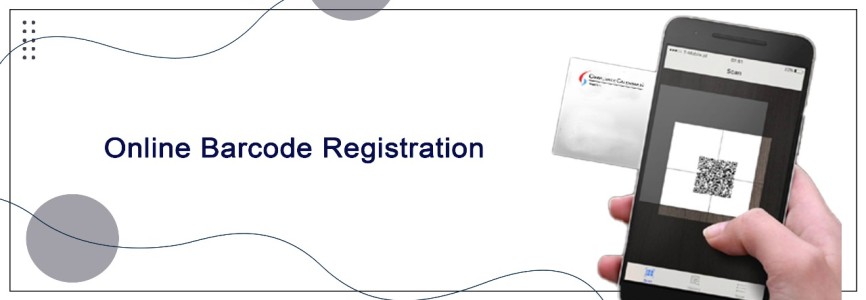










_crop10_thumb.jpg)





_crop10_thumb.jpg)




























-Form_crop10_thumb.jpg)

_crop10_thumb.jpg)























_learn_crop10_thumb.jpeg)
































_crop10_thumb.jpg)

_crop10_thumb.jpg)





















_crop10_thumb.jpg)















_for_Foreign_Directors_learn_crop10_thumb.jpeg)




_Act,_2015_learn_crop10_thumb.jpg)









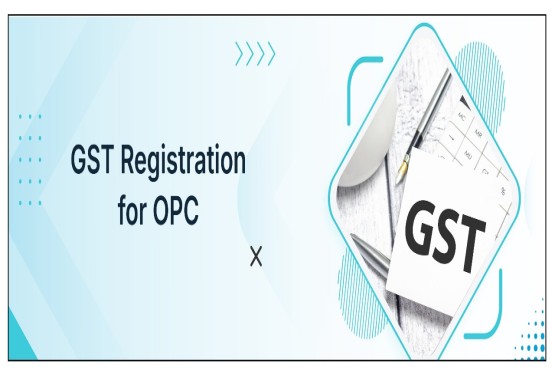
























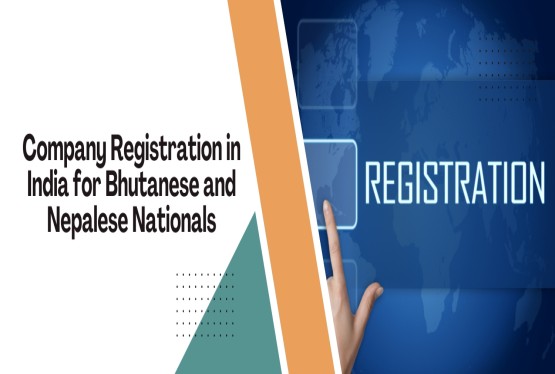
_learn_crop10_thumb.jpg)


